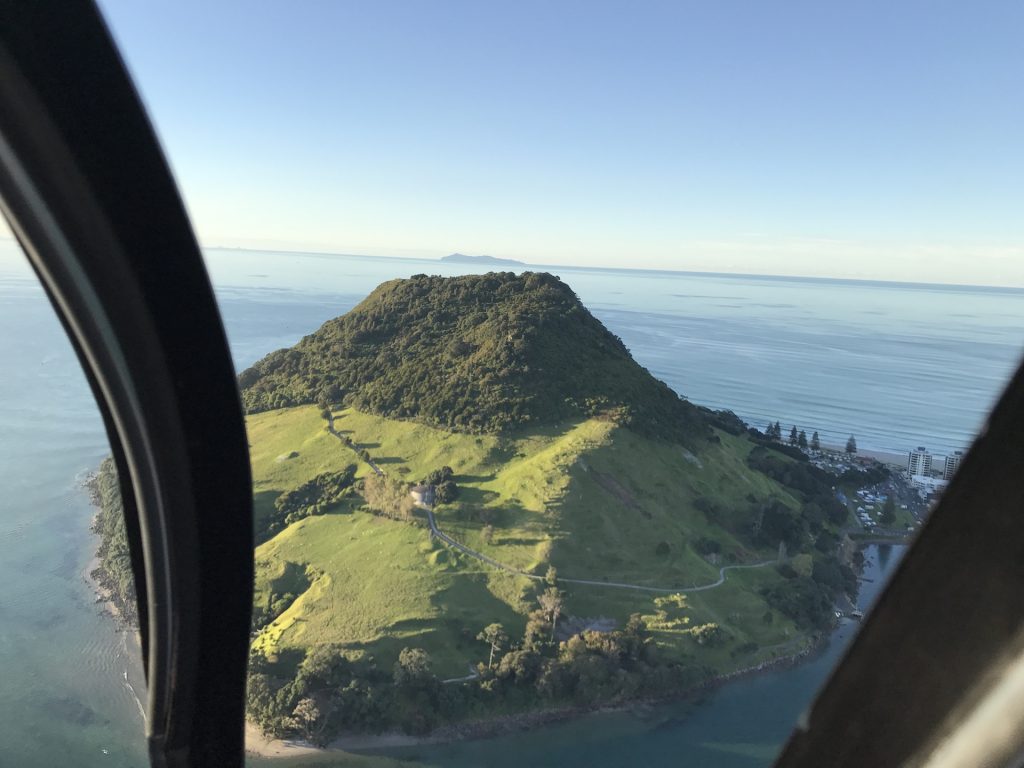Certified Helicopter Flight Training Courses
141 Certification
As a CAA certified training organisation, we offer training to the highest standards. Our instructors all have a minimum of 1000 hours industry and/or instructing experience.
So what are the requirements for you to do this?
Eligibility:
In New Zealand the requirements towards a Private Pilots Licence are:
- 17 years old for your license issue, and 16 years old minimum to fly solo (under supervision of an instructor)
- Class 2 Medical (Class 1 if you intend to go onto your Commercial Pilots Licence)
Flight Time:
There is a minimum requirement of 50 hours flight time this includes:
- Preflight training
- Basic handling, effect of controls
- Flying Circuits
- Stalling
- Mountain Flying
- Solo Flying
- Simulated Instrument Flying
- Cross Country Trips
- Emergency Procedures
- Short Field take off and landings
- Night flying
Theory:
As part of your PPL, you are required to achieve passes in the following CAA/ASL exams
- Air Law – CAA rules and regulations (Including Right of way rules, airspace, privileges of a licence, plus much more..)
- Navigation
- Aircraft Technical Knowledge (How a helicopter flies, Lift, Weight, Thrust, Drag. How do aircraft engines operate)
- Flight Radiotelephony
- Human Factors (IM SAFE)
- Meteorology
- English Proficiency Test
How Long will it take?
We can provide training either on a full time, or part time basis, depending on your personal circumstances.
On a full time basis you could achieve your pilots licence within 3 to 4 months, depending on your ability.
Price:
Theory Exams cost approx $80 each, and a Class 2 medical is approx $400-$500
Flight Time – POA – Ring us to discuss your requirements (casual rates)
Whether you want to do 1 hours flying or 100, we can work in with you.

Why Train With Us?
Experience
Our instructors collectively have many thousands of hours and years of flight experience in many different commercial and Instructional roles.
Our instructors are extremely knowledgeable with experience to share
Fun
Flying should be fun – as should be the experience of learning to fly! We like to offer students a wide range of skills and experiences so they never get bored and always learning new skills that extend their ability and make them better pilots.
Flexible
No one has the same schedule or time available to learn to fly. We understand that everyones experience and even reason for wanting to learn to fly are different. Although we follow a very thorough training schedule, we like to mix things up to make it interesting and of course adapt training to suit the individual needs of each pilot.
We can work around your schedule – your available hours and timetable.
Resources & Support
Instructors are both available for assisting students with exam theory (not everyone likes trying to wade their way through text books). Having an instructor take you through the theory in a visual way that relates to what you’ll actually be doing makes the study part fun. We have many Tauranga and Bay Of Plenty based students, a bit like an aeroclub we offer a friendly environment, with helicopter, drones and fixed wing pilots all sharing experiences.
Cross Over
Because we have pilots of many types of aircraft, you’ll get a wider understanding of who you’ll be sharing the airspace with. It’s fascinating listening to stories of other pilots and their helicopter, fixed wing or other aircraft experiences.
Located In Tauranga
Training in controlled airspace is great for new pilots. Many pilots who learn to fly in non-controlled areas have a fear of entering controlled airspace and by the time they do so, are doing it alone without instruction.
When you learn to fly in a control zone – talking to the tower becomes natural, and a non-event, and enables you to fly comfortably, anywhere in the country.
Tauranga also offers a diverse range of places you can fly to. Matamata airfield, Whakatane and Waihi are all a reasonably short distance away and are places you can do different things in your aircraft. You will have plenty of opportunities to “stretch your wings” so to speak, when doing short cross country missions, or practicing manoeuvres with or without your instructor.
